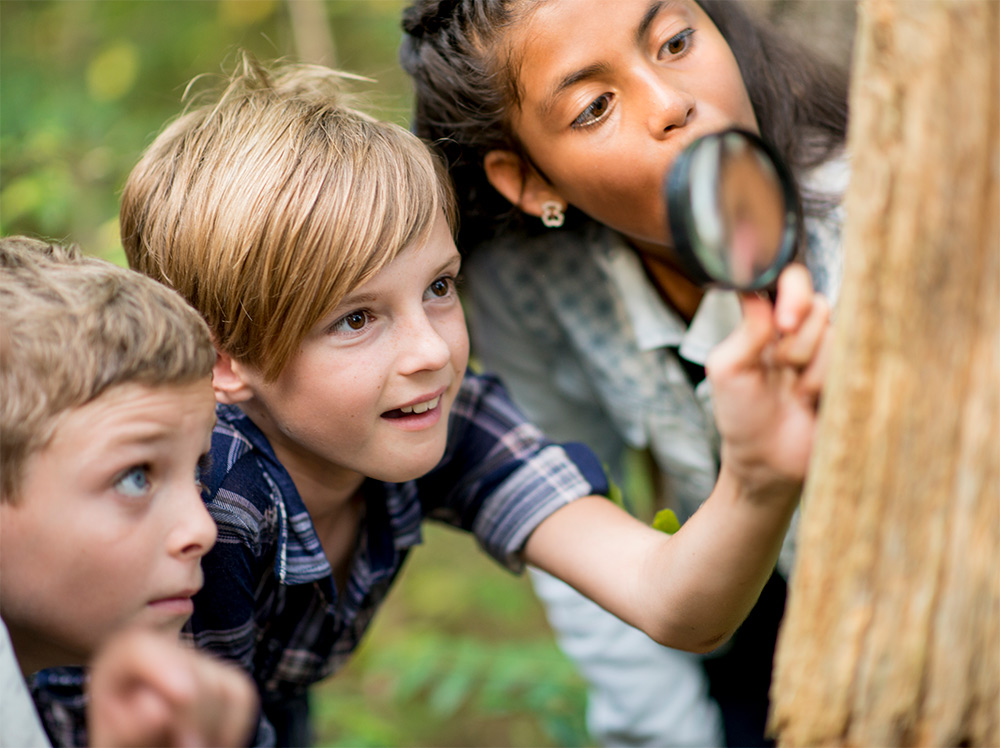
A recent report from Partnership for Children & Youth, Summer 2021: How California educators met the moment with re-engagement, reconnection, and reimagined learning, examined the state’s 2021 publicly funded summer learning programs, including the trends, best practices, challenges and innovative ideas through an analysis of statewide data, interviews with school leaders across 24 districts and media tracking.
Summer programming in 2021 received significant attention as a means of accelerating learning, as well as unprecedented infusions of funding to increase access to and expand the role of high-quality summer learning and enrichment programs. Research has found summer learning programs can help reduce educational and wellness inequities by leveraging and expanding learning time outside the school day. “The compounding short- and long-term benefits of summer learning programs — student skill and academic growth; staff and leadership development; improved public safety, health, and mental health outcomes; parent employment — on both an individual and community level cannot be overstated,” according to the Partnership for Children & Youth report.
It’s important that local educational agencies start planning now for summer 2022 as ongoing funding, more time to plan and secure staff, and increasing vaccination rates among students will likely call for more substantial programming that can reach as many students and families as possible.
Recommendations outlined in the report detail next steps for district leaders, state policymakers and school administrators.
Summer learning programs combine academics with whole-child development to create learning opportunities that look and feel more like an engaging summer camp than traditional summer school. Therefore, student engagement, social-emotional learning and mental health must all be prioritized as school leaders develop programming that focuses on fun, hands-on, engaging learning activities aligned with district learning objectives.
Districts don’t have to do this work alone — partnerships with outside organizations, nonprofits and other agencies can expand district capacity, though it may vary based on schools’ locations and characteristics. Rural officials interviewed noted that while they have less access to community partners than their urban counterparts, they leveraged partnerships with their county offices of education to expand their programming.
Schools included in the report also utilized smaller class sizes, project-based learning and intentional curriculum to build students’ academic skills and provided time and space for professional development that benefits learning beyond the summer months.
While summer programming can benefit all students, it’s critical that LEAs target those who need in-person experiences most. To best ensure access among English learners; children of essential workers or from low-income households; and homeless, chronically absent and foster youth, several districts in the report used targeted recruitment and coordinated strategies. “This outreach and framing was important especially given the historical association of summer school programs as punitive,” the report states.
Even with the additional funds, staffing shortages proved challenging, and in some cases resulted in creative solutions. Many LEAs increased pay, some worked with their unions to modify job descriptions and maximize the number of full-time roles or gave staff the flexibility to choose what and how they teach. Sacramento City USD significantly expanded its Summer Ambassadors/Peer Mentors program, in which the district hires rising high school juniors and seniors to serve as peer mentors who lead activities and provide supervision at over 25 elementary and middle school summer sites. Officials said the district had planned to accept applications over two weeks but had to close the process early when it received 200 applications in two days.
Partnership for Children & Youth will be holding workshops and provide new resources in its Summer Game Plan Series, and has developed guidance detailing funding sources for expanded learning programs.